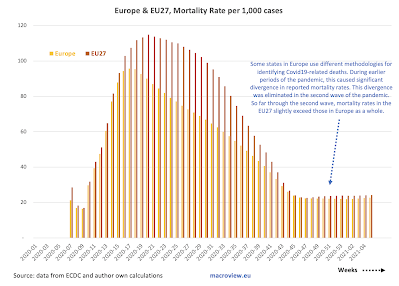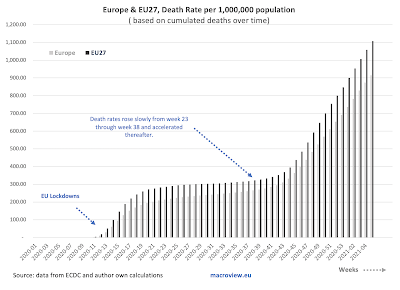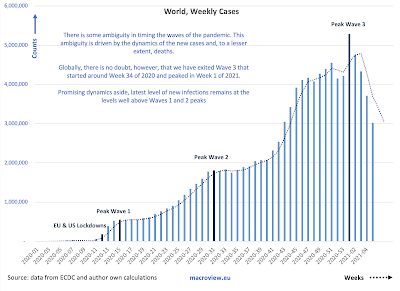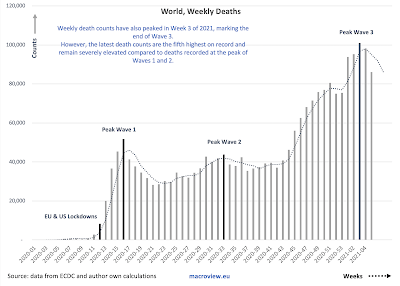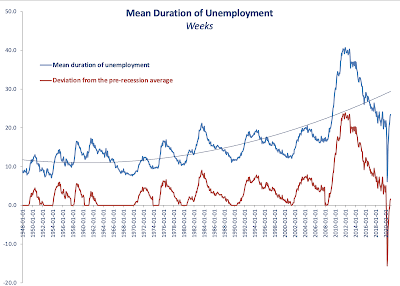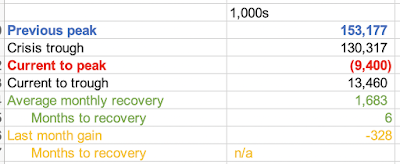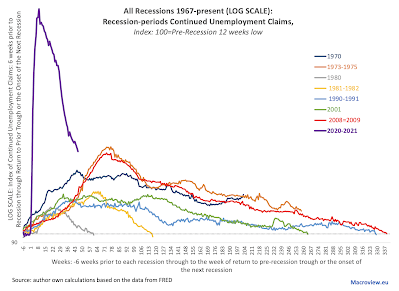COVID-19 pandemic has been associated with a range of deep and dramatic policy interventions, including rolling lockdowns, monetary and fiscal policies interventions, wide ranges of subsidies and supports, but also measures relating to addressing the risk to households and companies arising from the pre-pandemic financial commitments.
One of the most, potentially, impactful measures has been adoption of a range of policy interventions that aimed to reduce the impact of income shocks on housing availability. In addition to targeting reduction of financial burden of the pandemic shocks on households, the measures also targeted the objective of lowering the risk of spread of the disease via promotion of housing stability.
A recent paper, by Jowers, Kay and Timmins, Christopher D. and Bhavsar, Nrupen and Hu, Qihui and Marshall, Julia, titled "Housing Precarity & the Covid-19 Pandemic: Impacts of Utility Disconnection and Eviction Moratoria on Infections and Deaths Across US Counties" (January 2021, NBER Working Paper No. w28394: https://ssrn.com/abstract=3772641) looked into the effectiveness of housing markets interventions in the latter context.
Per authors, "housing precarity, which includes both the risk of eviction and utility disconnections or shut-offs, reduces a person’s ability to abide by social distancing orders and comply with hygiene recommendations."
The authors found that
- "...policies that limit evictions are found to reduce COVID-19 infections by 3.8% and reduce deaths by 11%.
- "Moratoria on utility disconnections reduce COVID-19 infections by 4.4% and mortality rates by 7.4%."
"Had such policies been in place across all counties (i.e., adopted as federal policy) from early March 2020 through the end of November 2020, ...
policies that limit evictions could have reduced COVID-19 infections by 14.2% and deaths by 40.7%. (emphasis is mine) [While], for moratoria on utility disconnections, COVID-19 infections rates could have been reduced by 8.7% and deaths by 14.8%."
These are genuinely huge numbers. Assuming the effects are non-additive, the lower end estimate of human losses to Covid19 pandemic due to the Trump Administration's failure to act coherently and resolutely in imposing similar policies to support households' tenancy in rental and mortgages markets across the U.S. is in the range of > 40 percent. If the effects are additive, the magnitude of the preventable deaths rises to well over 50 percent.



